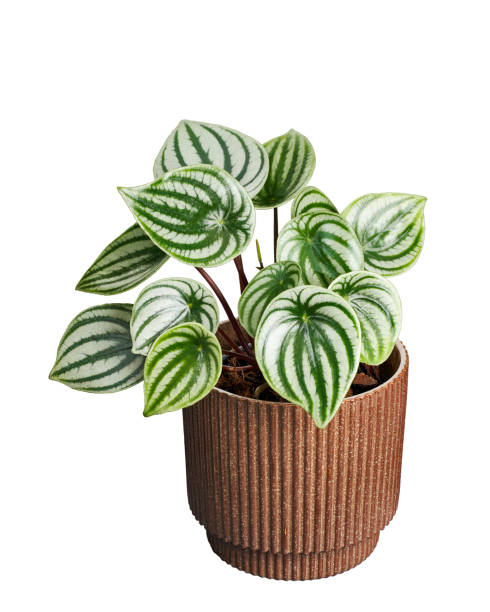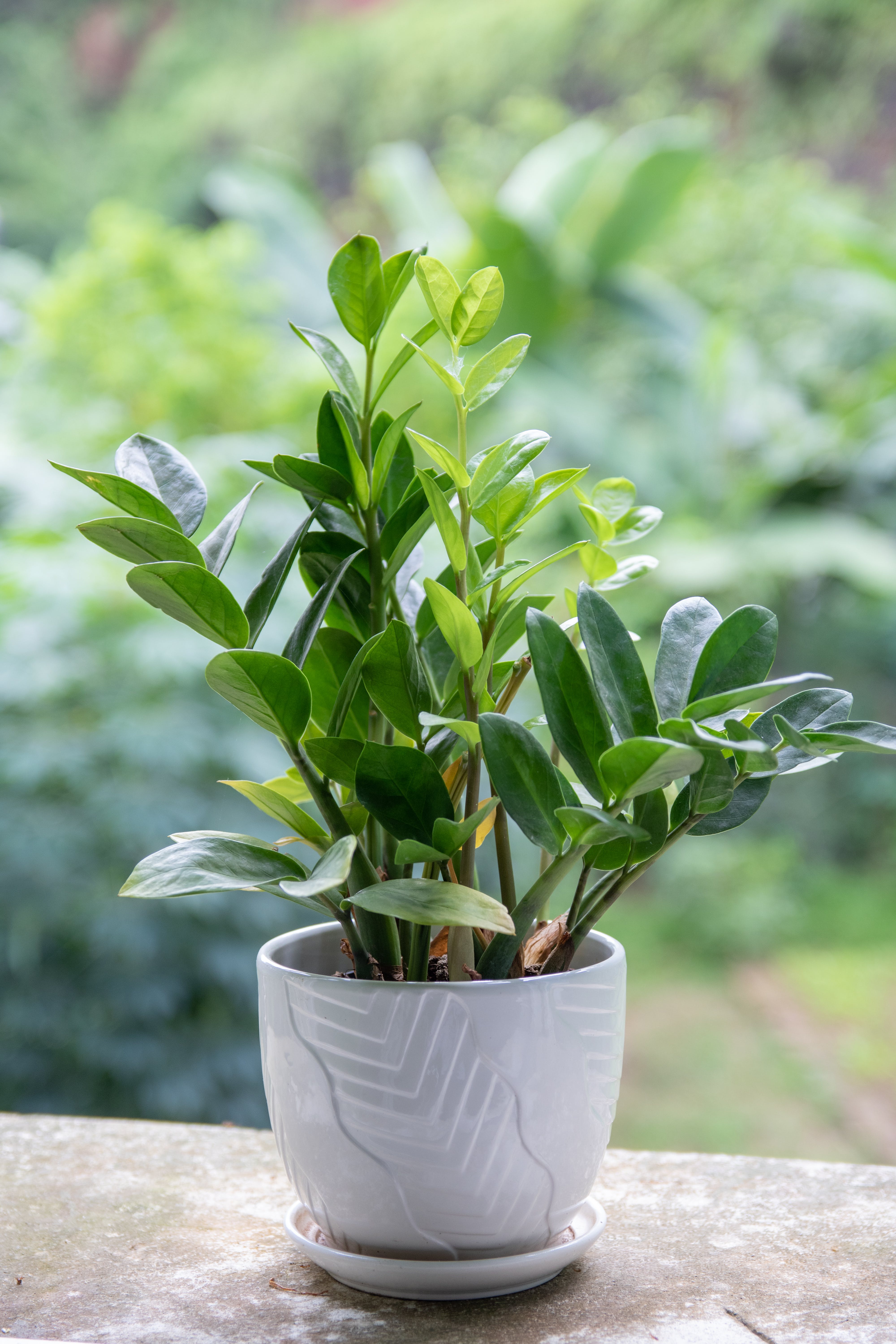The Rubber Plant (Ficus elastica) is a classic and robust houseplant that has stood the test of time. Known for its attractive foliage and easy care requirements, the Rubber Plant is a popular choice for both beginners and experienced plant enthusiasts. In this blog post, we’ll delve into the characteristics, care tips, and fascinating aspects of the Rubber Plant, helping you cultivate a thriving green companion in your indoor space.
Characteristics of the Rubber Plant: The Rubber Plant is characterized by its large, glossy leaves that come in various shades of green. It has a tree-like structure, making it a striking addition to any room. As the plant matures, it develops a woody trunk, enhancing its visual appeal. The resilient nature of the Rubber Plant makes it a fantastic choice for those looking for a low-maintenance and visually appealing houseplant.
Light Requirements: One of the key factors contributing to the Rubber Plant’s success as a houseplant is its adaptability to different light conditions. While it can tolerate lower light levels, it thrives in bright, indirect light. Place your Rubber Plant near a window with filtered sunlight to ensure optimal growth. Avoid direct sunlight, as it may scorch the leaves.
Watering Tips: Rubber Plants have moderate watering needs. Allow the top inch of the soil to dry out before watering. When watering, do so thoroughly, ensuring water reaches the root ball. Overwatering can lead to root rot, so it’s essential to strike a balance and let the soil dry out between waterings. Adjust your watering frequency based on the season and environmental conditions.
Soil and Potting: Use a well-draining potting mix for the Rubber Plant to prevent waterlogging. A mix containing peat, perlite, and pine bark works well. Repotting is generally necessary every 1-2 years, especially if the plant has outgrown its current container. Choose a pot with drainage holes to promote healthy soil conditions.
Temperature and Humidity: Rubber Plants thrive in average room temperatures ranging from 60 to 75°F (15 to 24°C). They adapt well to indoor environments with moderate humidity. Avoid placing the plant near drafts or sudden temperature changes. Regular misting or placing a tray of water near the plant can help maintain adequate humidity levels.
Pruning and Maintenance: Pruning is an essential aspect of Rubber Plant care. Trim any yellowing or damaged leaves to encourage new growth. If you want to control the plant’s size or shape, prune the stems accordingly. Wiping the leaves with a damp cloth helps keep them clean and enhances the plant’s appearance.
Propagation: Rubber Plants can be propagated through stem cuttings. Take a healthy cutting with at least a few leaves and place it in water or directly in soil. Ensure the cutting receives indirect light and maintain consistent moisture until roots develop.
Common Issues and Solutions: Yellowing leaves, leaf drop, and pest infestations are common issues with Rubber Plants. Adjusting watering habits, providing proper light, and inspecting the plant regularly can help identify and address these problems.
The Rubber Plant is a resilient and visually appealing houseplant that brings a touch of nature into your home. By understanding its characteristics and following basic care guidelines, you can enjoy the beauty and durability of the Rubber Plant for years to come. Whether you’re a novice plant parent or a seasoned enthusiast, the Rubber Plant is sure to become a cherished part of your indoor green oasis.




